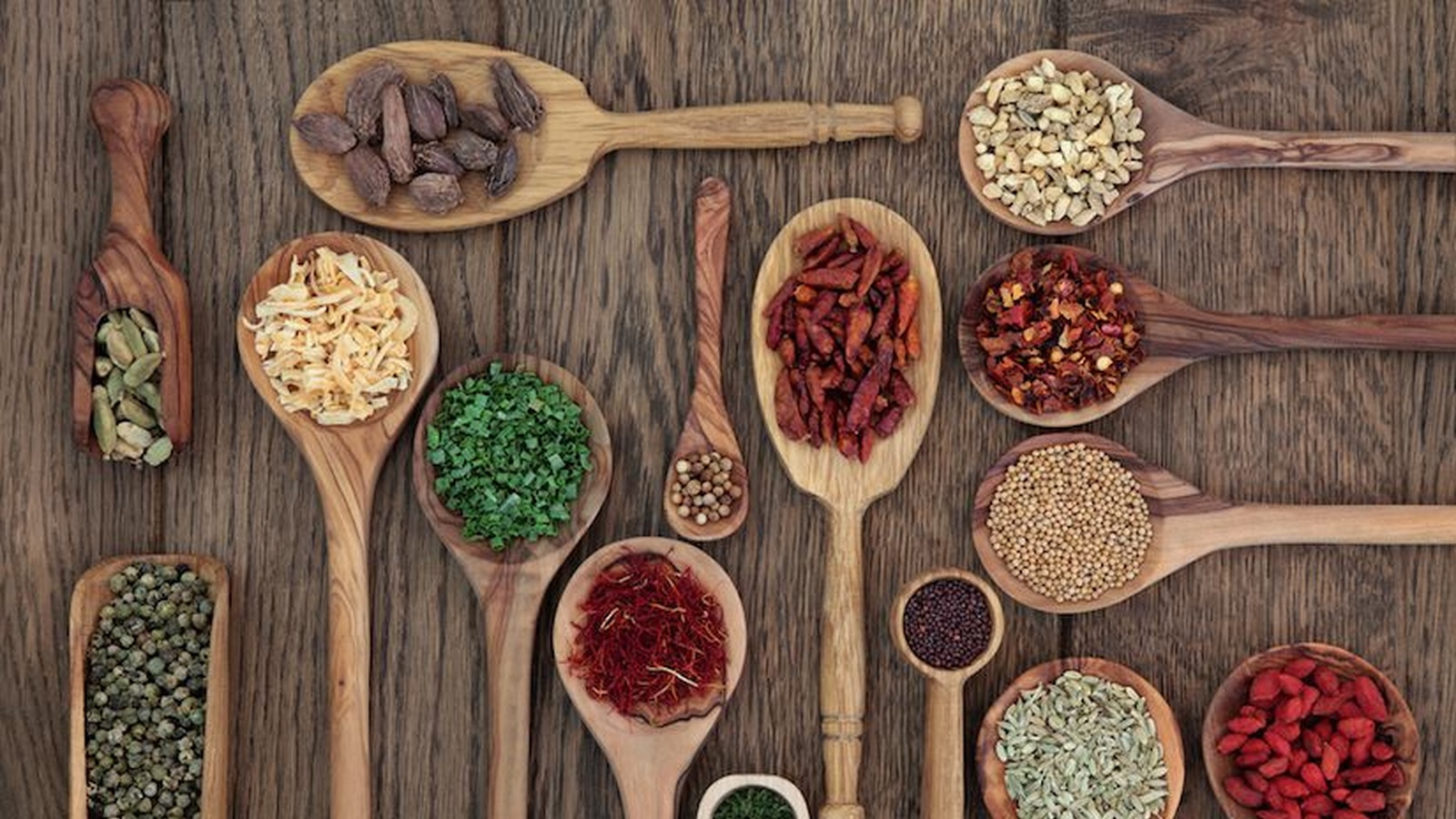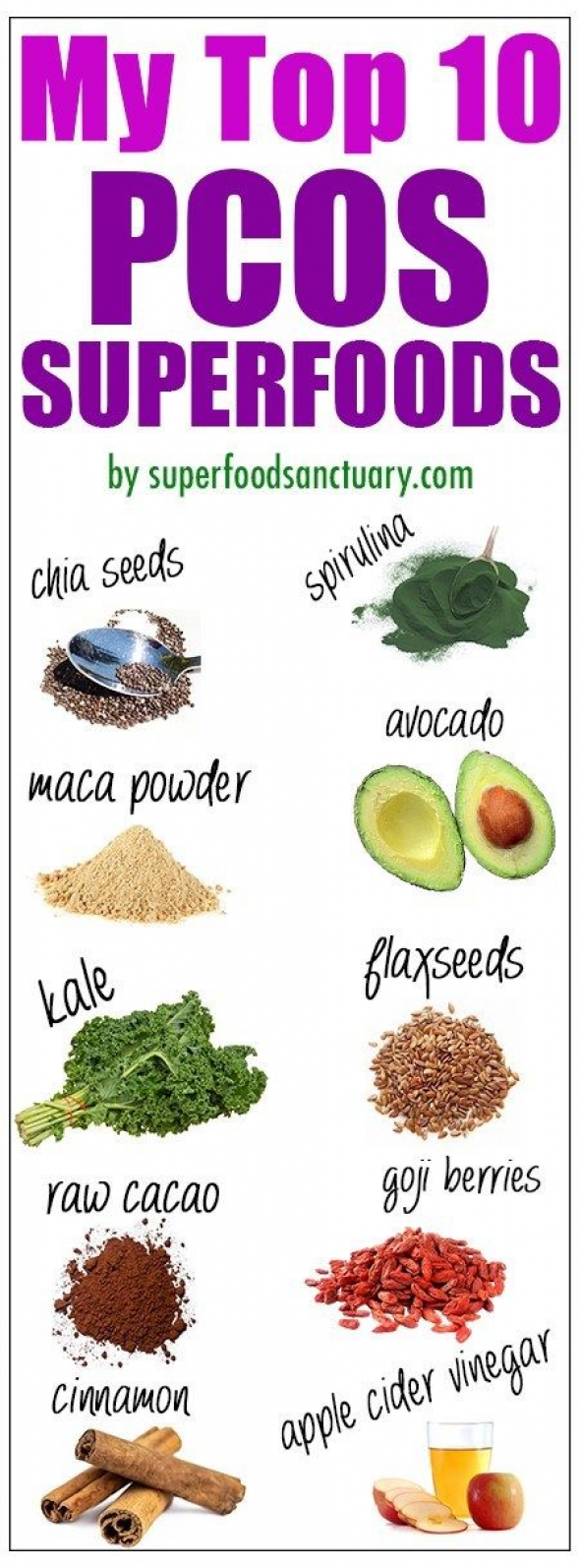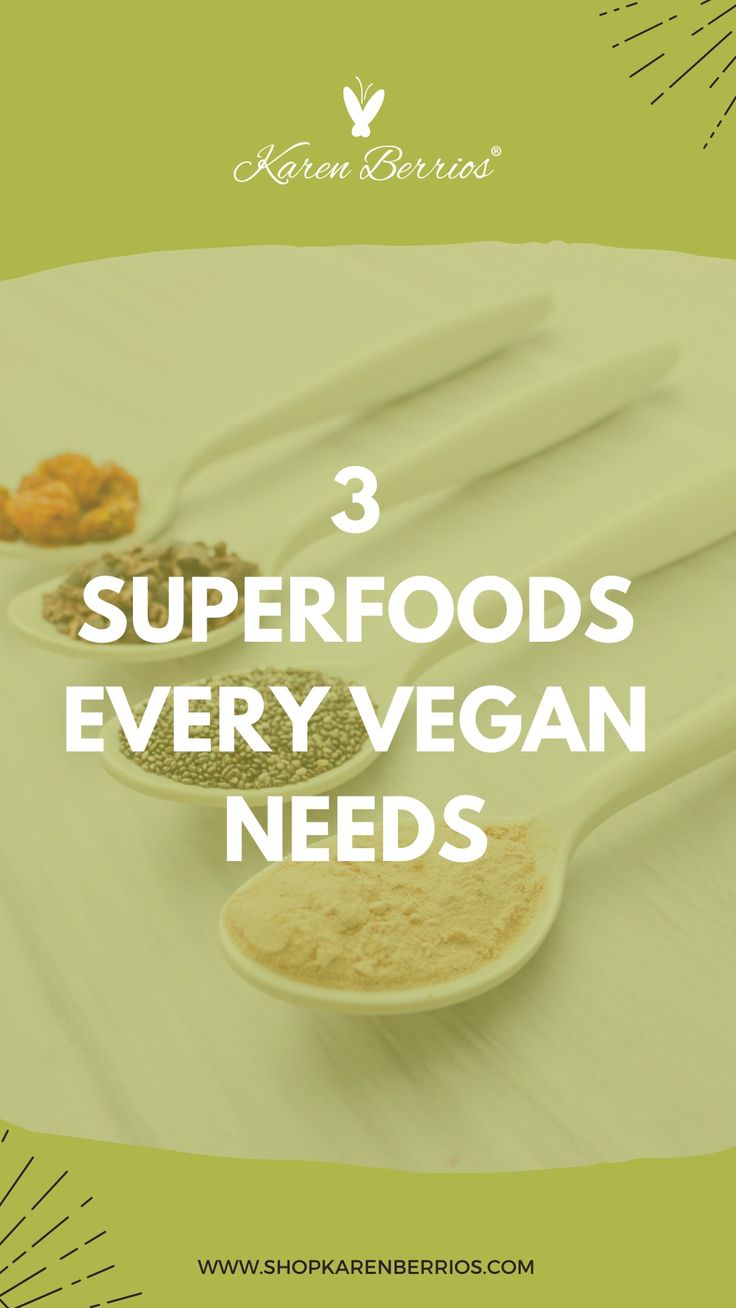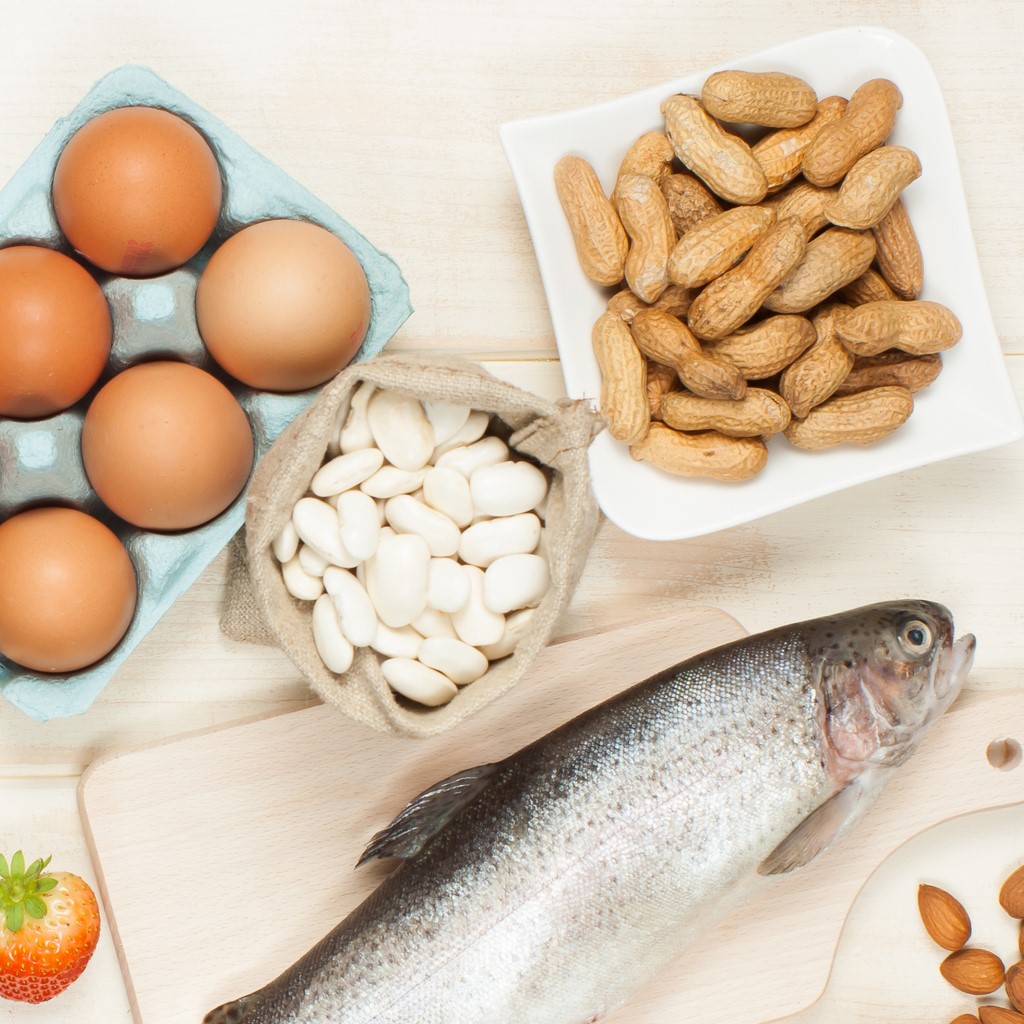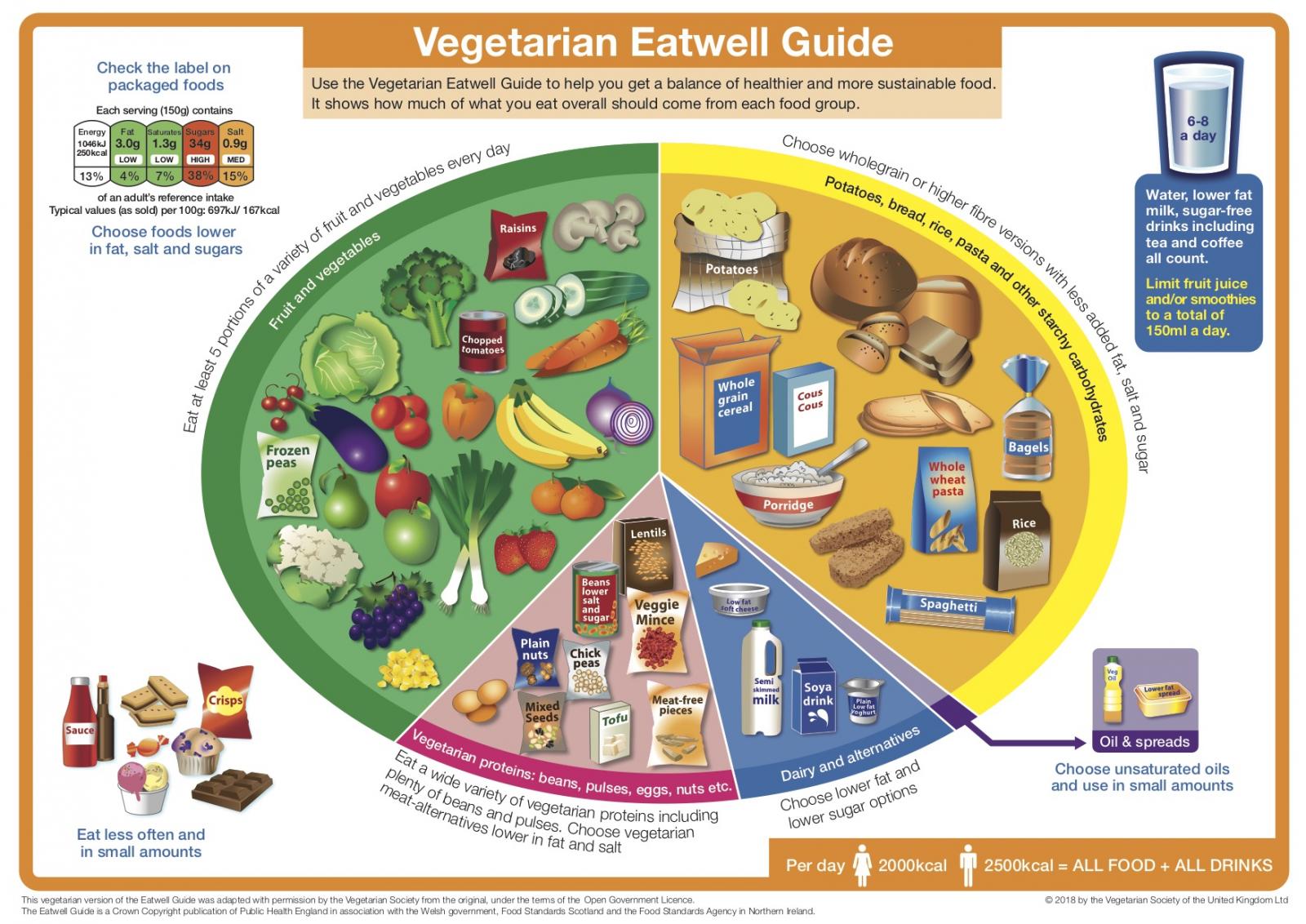[The Vegan Detox: Cleansing Your Body Naturally]
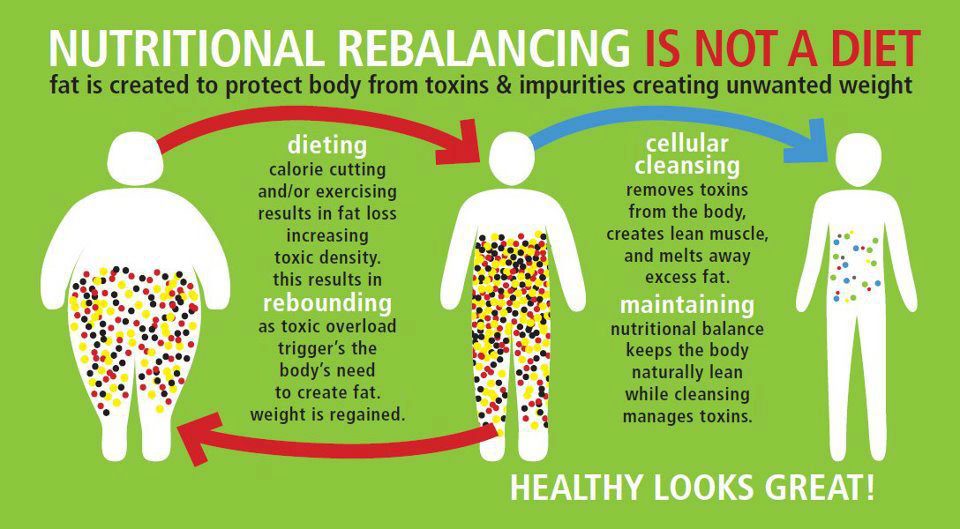
Executive Summary
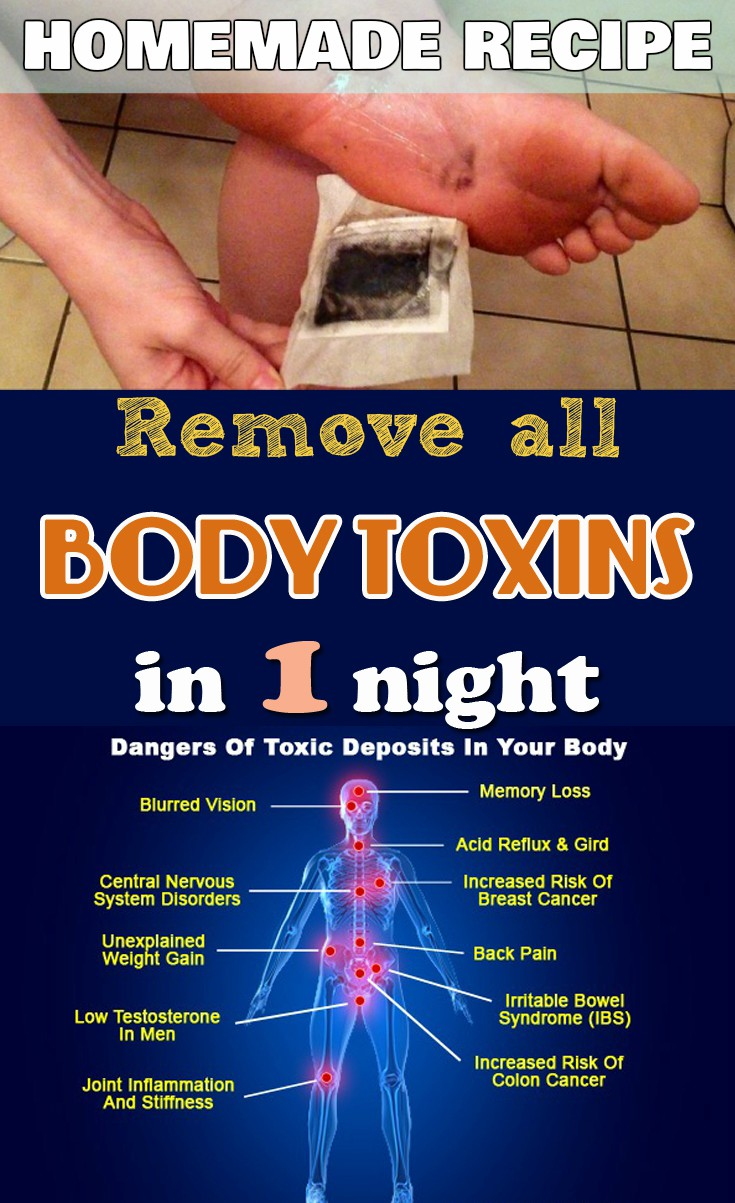
This article explores the concept of a vegan detox, a plant-based approach to cleansing your body. We’ll delve into the potential benefits, practical strategies, and essential considerations for embarking on this journey. By embracing a vegan diet and incorporating specific lifestyle practices, you can effectively support your body’s natural detoxification processes, leading to improved well-being and vitality.
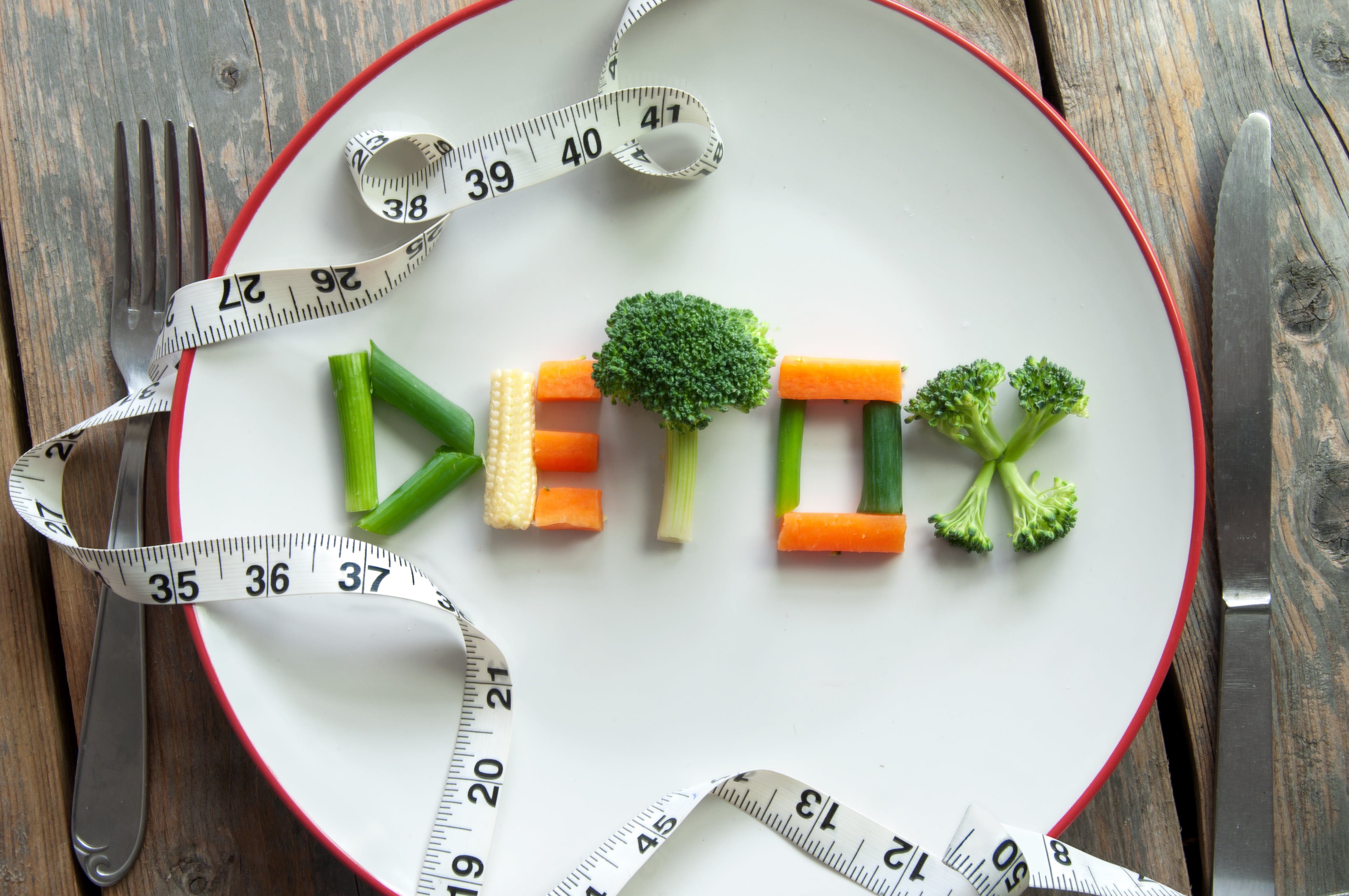
Introduction
Embarking on a vegan detox can be a powerful way to revitalize your body and enhance your overall health. This plant-based approach focuses on consuming whole, unprocessed foods while minimizing toxins and promoting natural cleansing processes. A vegan detox can provide a range of benefits, from boosting energy levels and improving digestion to supporting a healthy immune system. By cleansing your body, you can create a foundation for optimal health and well-being.
What is a Vegan Detox?
A vegan detox is a temporary dietary and lifestyle change that emphasizes plant-based foods while limiting or eliminating certain substances that can burden the body’s detoxification systems. It’s not about drastic deprivation but rather about nourishing your body with nutrient-rich foods and supporting its natural cleansing abilities.
What are the Benefits of a Vegan Detox?
A vegan detox can offer numerous benefits, including:
- Improved Digestion: A plant-based diet rich in fiber promotes healthy digestion, reducing bloating and constipation.
- Increased Energy Levels: Eliminating processed foods and refined sugars can lead to more stable blood sugar levels, resulting in increased energy and focus.
- Enhanced Immune Function: Consuming a variety of fruits, vegetables, and whole grains provides essential vitamins and minerals that support a robust immune system.
- Reduced Inflammation: Anti-inflammatory compounds found in plant-based foods can help to reduce inflammation throughout the body.
- Weight Management: A vegan detox can help to shed excess pounds by promoting satiety and reducing calorie intake.
What are the Different Types of Vegan Detox?
There are various approaches to a vegan detox, each with its unique focus and duration. Some common types include:
- Short-Term Detox: These are typically 3-7 days long and focus on consuming fruits, vegetables, and juices.
- Long-Term Detox: These can last for several weeks or even months and involve gradual dietary changes, such as eliminating processed foods, gluten, or dairy.
- Juice Cleanse: These detoxes involve consuming only fresh juice for a specific period, often 1-3 days.
- Smoothie Cleanse: Similar to a juice cleanse, a smoothie cleanse uses blended fruits, vegetables, and other ingredients.
Is a Vegan Detox Right for Me?
A vegan detox can be a valuable tool for improving your health and well-being, but it’s essential to consider your individual needs and circumstances. If you have any underlying health conditions, it’s always best to consult with your doctor before embarking on a detox program.
What Can I Expect During a Vegan Detox?
During a vegan detox, you may experience various changes, including:
- Increased Energy: As your body adjusts to the plant-based diet, you may experience a boost in energy levels.
- Improved Digestion: You may notice a reduction in bloating, constipation, and other digestive issues.
- Changes in Bowel Movements: The increased fiber content in a vegan detox can lead to more frequent bowel movements.
- Headaches or Fatigue: In the initial days of a detox, you may experience headaches or fatigue as your body adjusts to the changes.
- Skin Improvements: The nutrients in a plant-based diet can contribute to healthier, clearer skin.
How to Prepare for a Vegan Detox
Before embarking on a vegan detox, it’s essential to prepare your body and mind. Here are some steps you can take:
- Start with a Gradual Transition: Instead of making drastic changes overnight, gradually incorporate more plant-based foods into your diet.
- Increase Your Water Intake: Water is essential for detoxification, so make sure you’re drinking plenty of it.
- Choose High-Quality Foods: Opt for organic fruits, vegetables, and whole grains whenever possible to minimize exposure to pesticides and toxins.
- Minimize Stress: Stress can hinder the detoxification process, so find healthy ways to manage stress levels.
Vegan Detox: Top 5 Subtopics
Vegan Detox Diet:
The foundation of a vegan detox is a carefully chosen plant-based diet. This diet should be rich in fruits, vegetables, whole grains, legumes, and nuts and seeds.
- Fruits & Vegetables: Focus on a rainbow of colorful fruits and vegetables, including leafy greens, berries, citrus fruits, and cruciferous vegetables.
- Whole Grains: Choose whole grains like brown rice, quinoa, oats, and barley over refined grains.
- Legumes: Lentils, beans, chickpeas, and peas are excellent sources of protein, fiber, and other essential nutrients.
- Nuts & Seeds: Incorporate a variety of nuts and seeds like almonds, walnuts, chia seeds, and flaxseeds.
- Healthy Fats: Include sources of healthy fats such as avocados, olive oil, and coconut oil.
Vegan Detox Recipes:
Creating delicious and nutritious meals for your vegan detox is easy with the abundance of plant-based ingredients available.
- Smoothies: Blended fruits, vegetables, and leafy greens create a refreshing and nutrient-rich breakfast or snack.
- Salads: Combine a variety of colorful vegetables, legumes, and nuts and seeds for a satisfying and healthy meal.
- Soups: Light and nourishing soups are perfect for a vegan detox, especially those made with vegetables and legumes.
- Vegan Grain Bowls: Create customizable grain bowls with quinoa, brown rice, or farro, topped with your favorite vegetables, legumes, and plant-based proteins.
Vegan Detox Supplements:
While a well-balanced diet should provide most of the nutrients your body needs during a vegan detox, certain supplements can enhance the process.
- Probiotics: Probiotics support gut health and promote healthy digestion.
- Fiber Supplements: Fiber aids in detoxification and helps to regulate bowel movements.
- Vitamin B12: A deficiency of vitamin B12 can occur on a vegan diet, so supplementation may be necessary.
- Omega-3 Fatty Acids: These healthy fats play a vital role in reducing inflammation and supporting brain health.
Vegan Detox Lifestyle Practices:
In addition to diet, certain lifestyle practices can enhance your vegan detox and support your overall well-being.
- Hydration: Water is essential for detoxification, so drink plenty of water throughout the day.
- Exercise: Regular exercise supports detoxification by promoting blood flow and lymphatic circulation.
- Stress Management: Find healthy ways to manage stress, such as meditation, yoga, or spending time in nature.
- Sleep: Adequate sleep is crucial for the body’s detoxification processes. Aim for 7-8 hours of quality sleep each night.
Vegan Detox Cleanse:
A vegan detox cleanse typically involves a short-term period of consuming only juice, smoothies, or specific foods for a few days.
- Juice Cleanse: A juice cleanse usually involves drinking freshly squeezed fruit and vegetable juices for a period of 1-3 days.
- Smoothie Cleanse: Similar to a juice cleanse, a smoothie cleanse uses blended fruits, vegetables, and other ingredients for a more filling and nutrient-rich option.
- Water Fasting: Water fasting involves consuming only water for a specific period, typically 1-3 days, and is best done under the supervision of a healthcare professional.
Conclusion
A vegan detox can be a powerful way to cleanse your body and improve your overall health. By focusing on whole, plant-based foods and incorporating specific lifestyle practices, you can support your body’s natural detoxification processes, leading to increased energy, improved digestion, and a stronger immune system. While a vegan detox is a temporary approach, the positive changes it can bring to your health can extend far beyond the detox period, promoting a healthier and more vibrant lifestyle.
Keywords
- Vegan Detox
- Plant-Based Detox
- Detoxification
- Vegan Diet
- Cleansing
- Whole Foods
- Lifestyle Practices


















